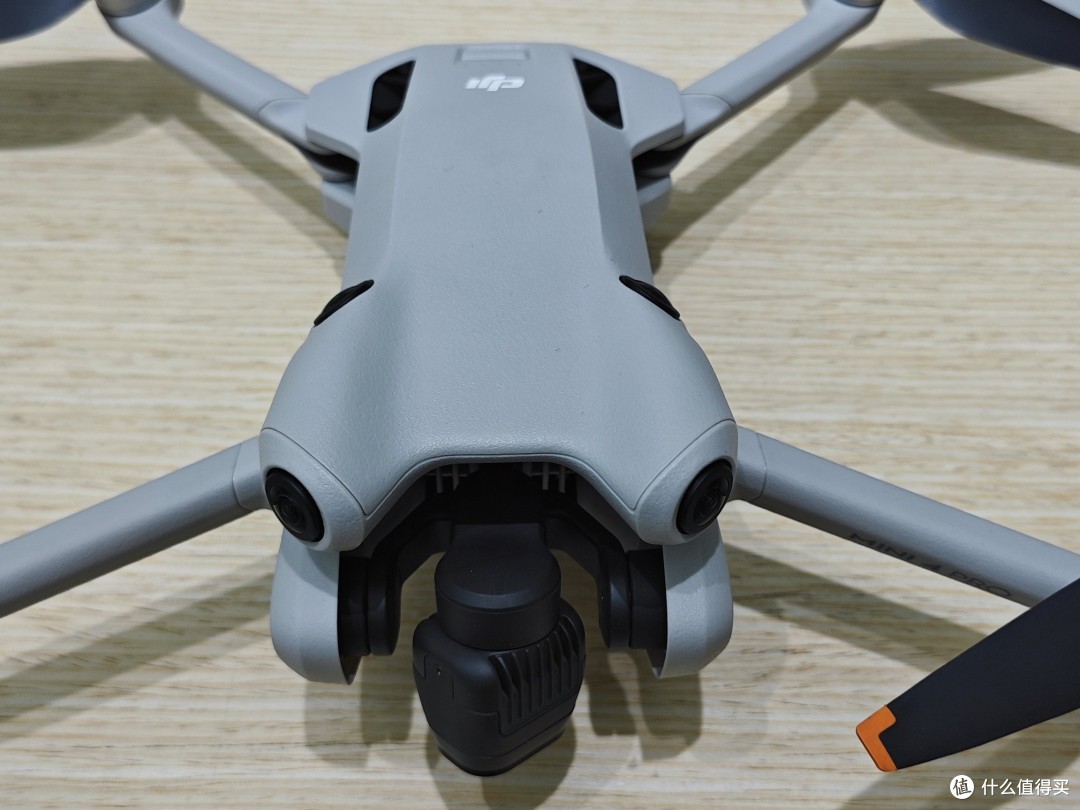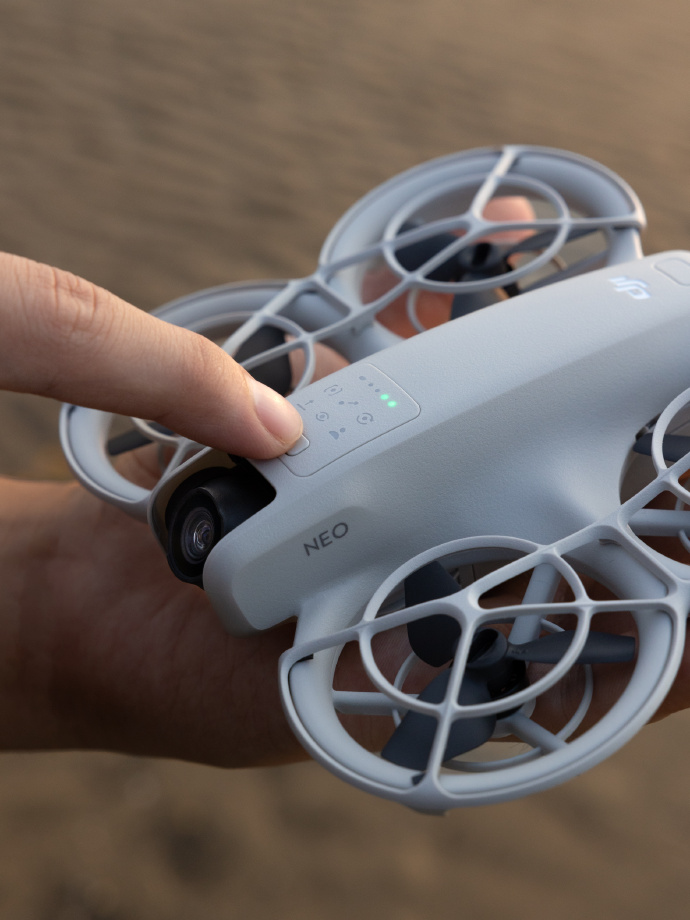unmanned aerial drones
, allowing for precise and detailed aerial photography, which is invaluable for fields such as agriculture, real estate, and environmental monitoring.
Drones are increasingly being utilized in precision agriculture, where they provide farmers with critical data about crop health, soil conditions, and weather patterns, thus facilitating better decision-making with data-driven insights. The integration of machine learning and AI has enabled drones to interpret the vast amount of information they collect, thereby offering actionable intelligence in real time.
Another noteworthy development is the emergence of drones in disaster management. Equipped with capabilities to map affected areas swiftly and safely, unmanned aerial drones help in coordinating disaster response efforts effectively. In situations where human intervention might be risky, drones can penetrate hazardous zones, gather important data, and deliver essential supplies.
- Enhanced battery life and energy-efficient designs have also extended the operational range and duration of unmanned aerial drones. This progress ensures that drones can operate for longer periods without the need for frequent recharging, thus amplifying their utility in continuous monitoring and survey tasks.

The commercial sector has witnessed a boost in drone usage for deliveries, especially in remote areas where traditional delivery methods are challenged by infrastructural limits. With the capability to transport goods quickly and efficiently, drones are reshaping logistical frameworks, assisting businesses to reach customers faster and with reduced costs.
Drones have also seen adoption in law enforcement and surveillance, providing agencies with aerial views that are crucial for maintaining safety and security. By patrolling large areas and providing real-time updates, they support authorities in crime prevention and crowd monitoring.

In terms of environmental conservation, drones facilitate the monitoring of wildlife and contribute significantly to anti-poaching efforts. With their ability to cover large swathes of land, unmanned aerial drones collect data on animal populations, migration patterns, and habitat encroachment, offering conservationists a vital tool in protecting biodiversity.
Beyond their practical applications, the steady advancement in drone technology has sparked interest in ethical and regulatory fronts. Organizations and governments are actively exploring frameworks to ensure responsible usage while balancing privacy concerns and promoting innovation.
Frequently Asked Questions
How are drones used in agriculture?
Drones in agriculture provide valuable data about crop health, soil moisture, and weather conditions, aiding farmers to optimize their yield and manage resources efficiently.
Can drones be used at night?
Yes, many drones come with night vision capabilities and lights that allow them to operate effectively even in low-light conditions, making them usable for nighttime surveillance and search operations.
What measures are in place for drone safety?
Drone safety regulations include guidelines on permissible flight areas, altitude limits, and operational restrictions near airports or restricted zones to prevent accidents and ensure they are used responsibly.